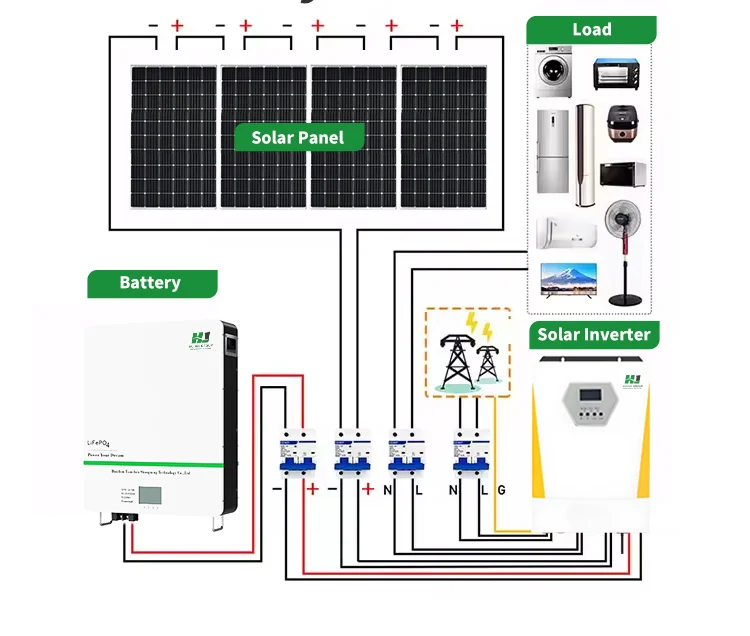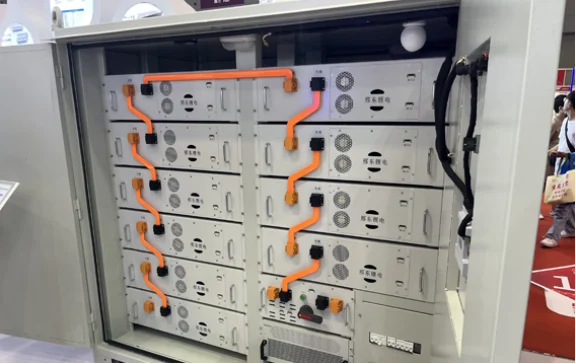2025-03-28
As the heart of solar photovoltaic power generation system, the performance of photovoltaic inverter has a direct impact on the efficiency and stability of the overall system. It is necessary to select an appropriate photovoltaic inverter to guarantee the normal operation of solar photovoltaic power generation systems. The following are some technical parameters that need to be taken into account as a priority in the selection of a photovoltaic inverter:

The rated power of the output decides the capacity of the photovoltaic inverter to provide power to the load. The inverter having a greater output rated power can provide power to additional electrical devices. During the selection of an inverter, the first consideration is whether the inverter possesses a sufficient rated power to serve the requirements of the maximum load and future expansion requirements.
If the electrical apparatus is mostly resistive load or the power factor is above 0.9, then it is advisable that the rated output power of the inverter to be selected should be approximately 10%-15% larger than the load power aggregate.
The output voltage adjustment capability is the capacity of photovoltaic inverter to stabilize the output voltage. Good inverters not only guarantee a stable output voltage within the range of input voltage fluctuations (commonly known as voltage regulation), but also guarantee a minor deviation of the output voltage (load regulation) when the load rises from zero to full load. The ideal rate of voltage adjustment should not exceed ±3%, and the rate of load adjustment should be controlled within ±6%.
The overall machine efficiency quantifies the energy loss of the photovoltaic inverter. Inverters with varying capacity ratings demand varying levels of efficiency: low-power inverter efficiency (e.g., less than the kilowatt capacity) must be at least 85%; Medium power (e.g., 10KW capacity) inverter efficiency needs to be over 90%; High-power inverter efficiency needs to be over 95%.
The high-efficiency inverter contributes to enhancing the overall power output of photovoltaic power generation systems and lowering the power generation cost. 4. Enable performance Initial performance indicates whether or not the photovoltaic inverter can be started safely at rated load. An inverter design with high performance needs to ensure that even when started over and over at full load, the power switching device inside or other circuits are not harmed. Small inverters may utilize a soft start or current-limited start protection. From the four points of consideration above, you are able to assist users in gaining a deeper knowledge and in the selection of an appropriate photovoltaic inverter that can satisfy their demands. Regardless of the perspective of the rated output power, output voltage regulation performance, comprehensive efficiency, or start-up performance, they are meant to help ensure the chosen inverter can work under varying working environments efficiently and steadily, hence one is able to maximize the gain of solar photovoltaic generating systems.

Cabinet Battery: The “Electricity Insurance Box” of the Industrial World

What the Xiaomi SU7 Fire Tells Us About Lithium Battery Safety – And How to Not Be the Next Victim

An Analysis of Sudan’s Renewable Energy Policies: Investment and Innovation in Energy Storage Technologies

Ukraine’s Energy Transformation: The Central Role of Energy Storage Solutions to Attainment of Renewable Energy Targets

Togo’s Renewable Energy Policy: Investment and Technology Innovation in Energy Storage